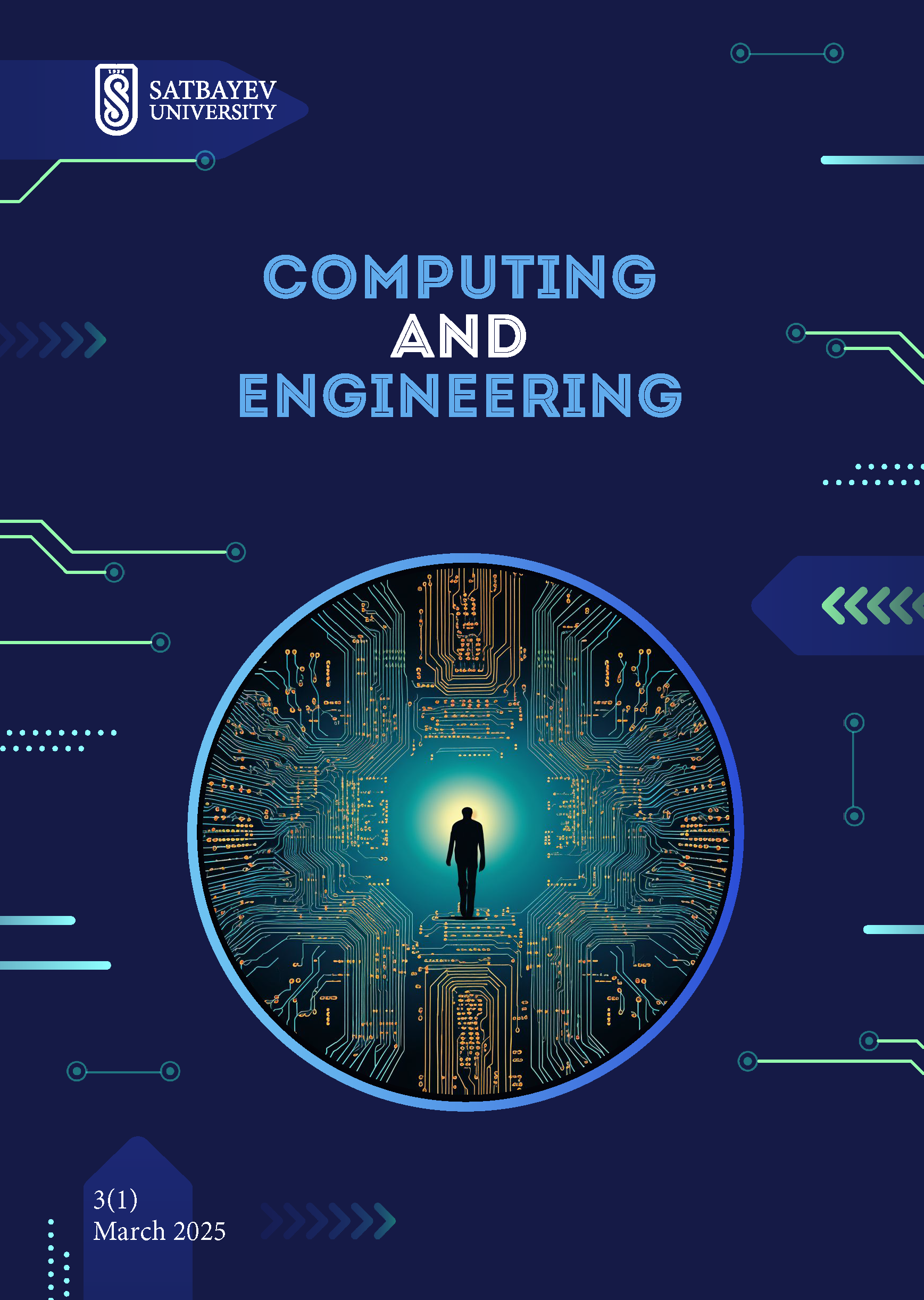Combating Social Network Manipulations: A Machine Learning Approach to Enhance Digital Literacy and Emotional Awareness
DOI:
https://doi.org/10.51301/ce.2025.i1.01Keywords:
social media manipulation, misinformation, user behavior, psychological influence, emotional appeals, sentiment analysis, natural language processing, public opinion manipulationAbstract
Modern social networks are crucial to users' lives, but with their growing popularity comes the danger of manipulation that can alter perception, behavior, and weaken critical thinking. This article examines the causes and consequences of harmful manipulations in social networks, such as commercial interests, political influence, and the psychological vulnerability of users. False information, emotional manipulation, and algorithmic distortions are factors contributing to the increase in social and psycho-emotional instability. The new approach addresses these issues by using machine learning and emotional tone analysis for more accurate manipulation detection. This method can detect not only explicit manipulations but also subtler influences, using contextual analysis and user sentiment tracking. The method is extremely adaptive and capable of learning from specific situations, which allows it to constantly improve. The application of this approach in educational programs aimed at enhancing digital literacy will help increase user awareness and reduce their susceptibility to manipulation. The proposed approach is an important step in developing user protection methods and creating open and secure digital ecosystems.
Downloads
Published
How to Cite
Issue
Section
License
Copyright (c) 2025 Computing & Engineering

This work is licensed under a Creative Commons Attribution-NonCommercial-NoDerivatives 4.0 International License.
<div class="pkpfooter-son">
<a rel="license" href="http://creativecommons.org/licenses/by-nc/4.0/"><img alt="Creative Commons License" style="border-width:0" src="https://i.creativecommons.org/l/by-nc/4.0/80x15.png"></a><br>This work is licensed under a <a rel="license" href="http://creativecommons.org/licenses/by-nc/4.0/">Creative Commons Attribution-NonCommercial 4.0 International License</a>.
</div>





